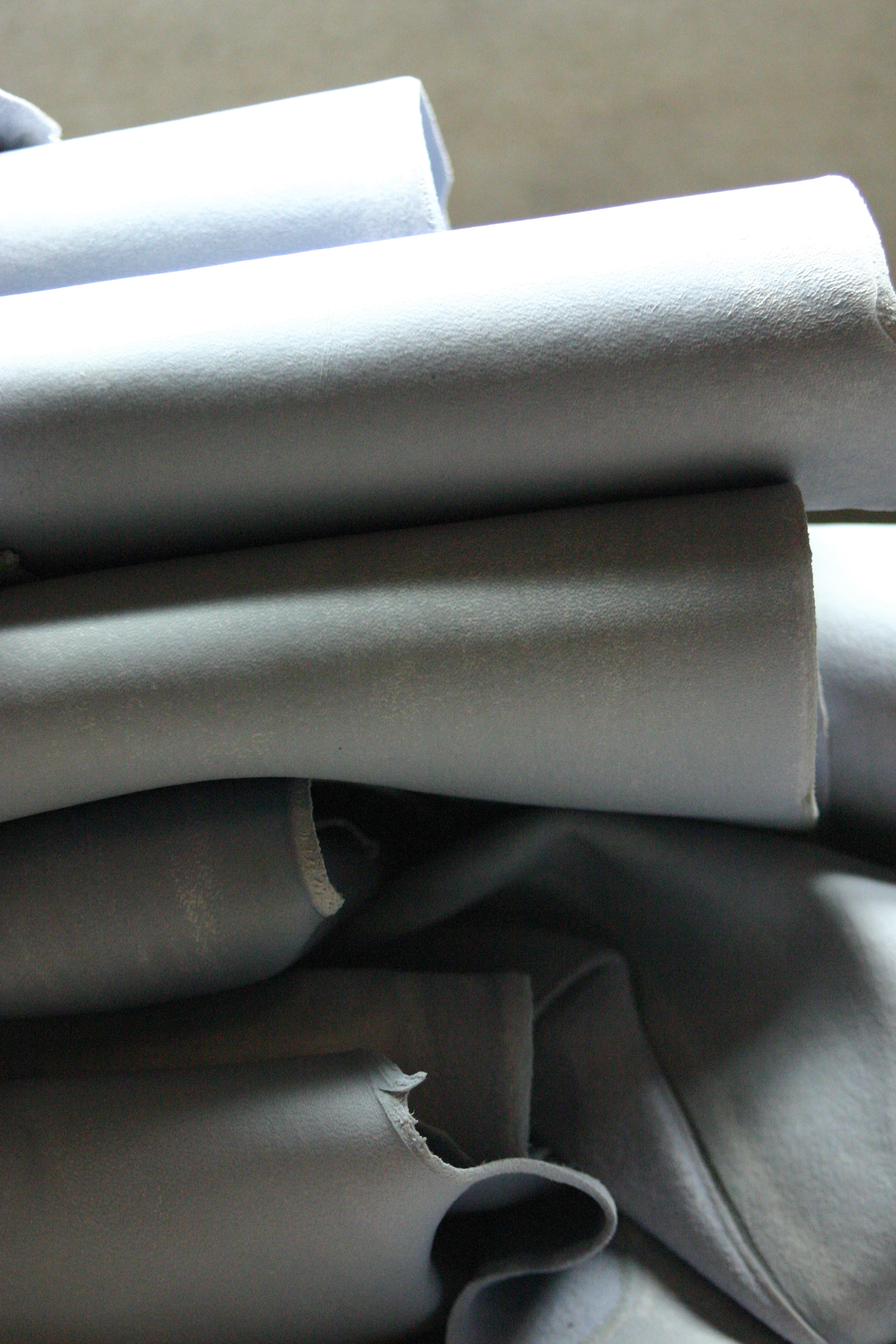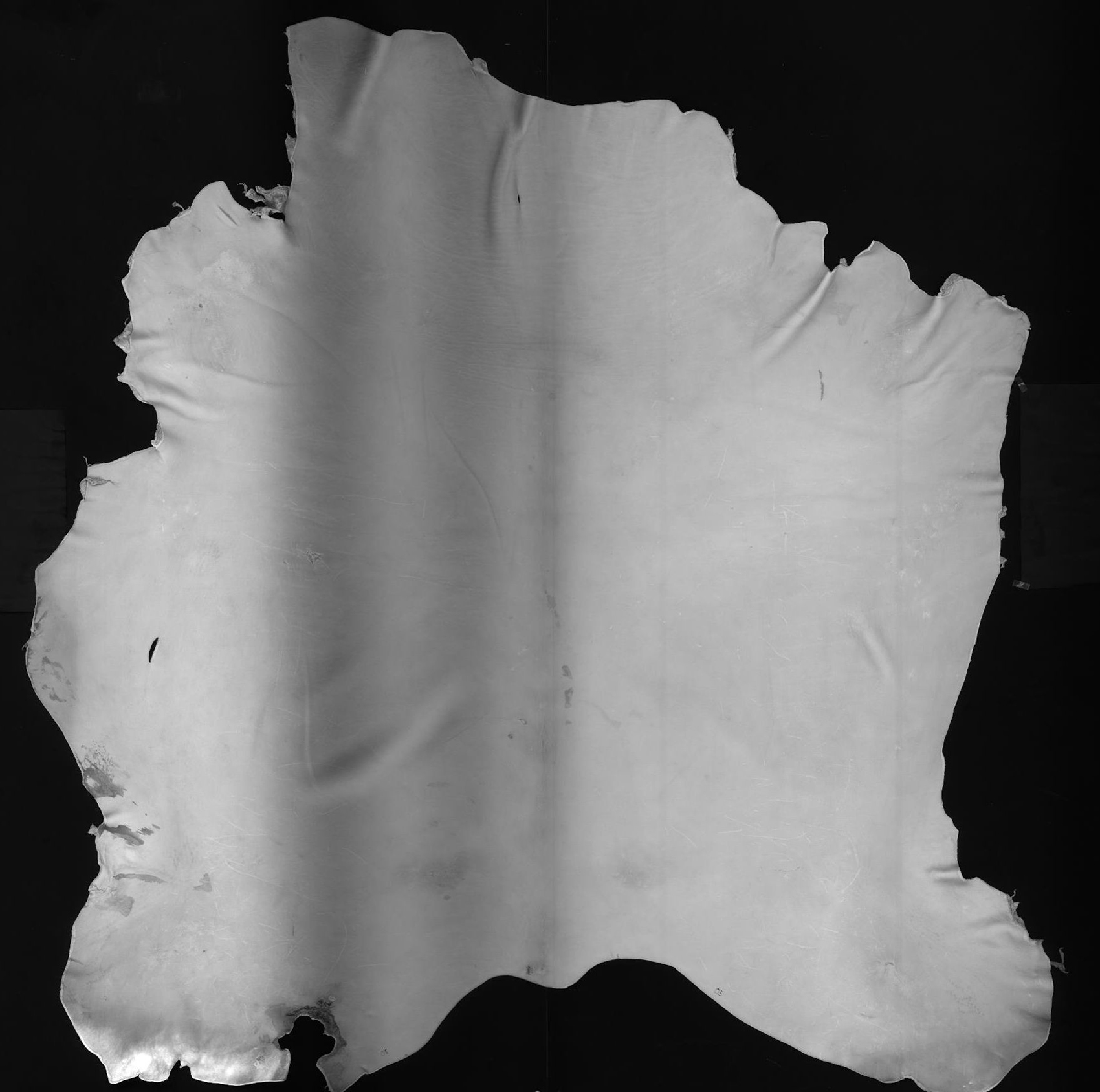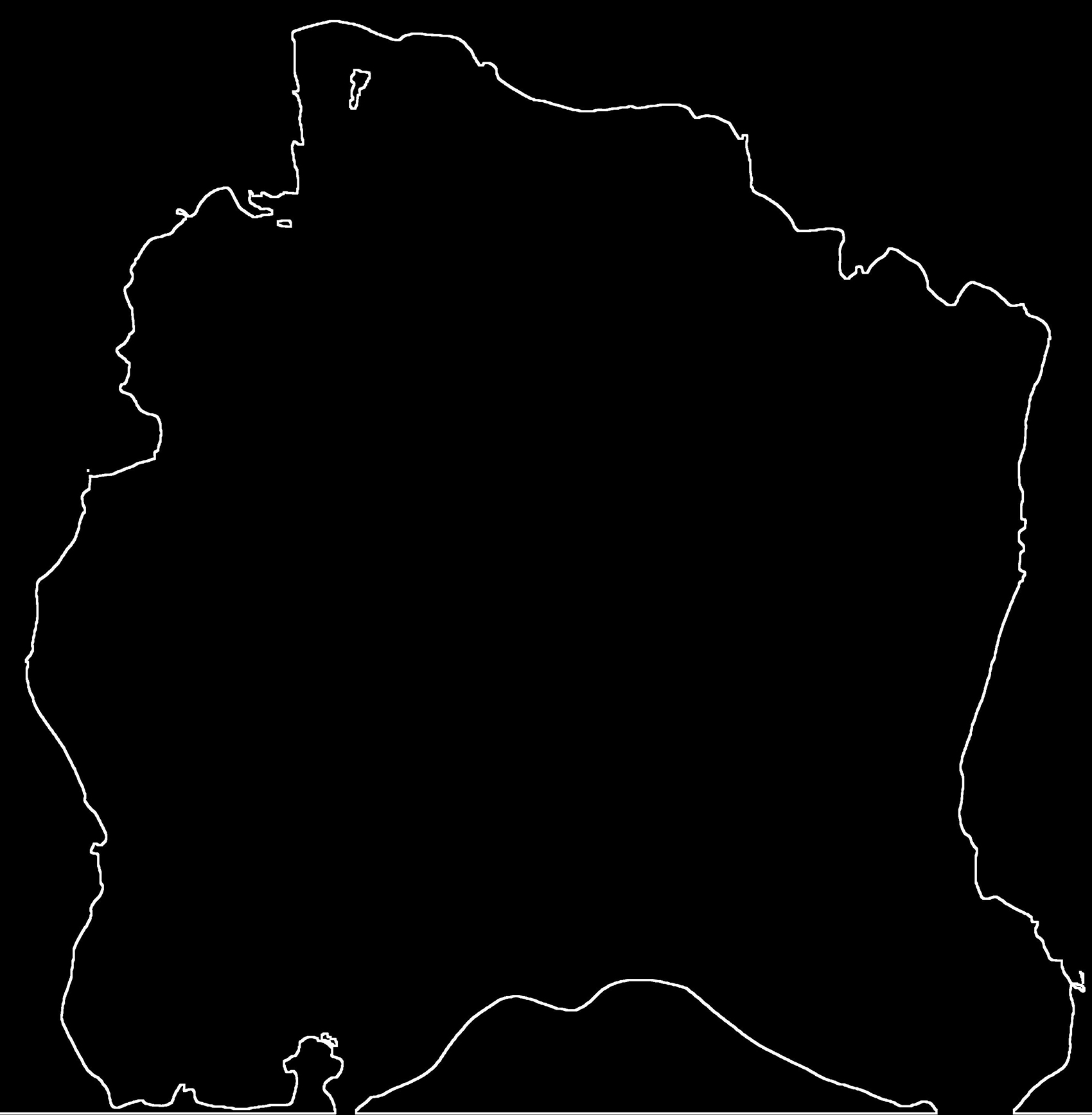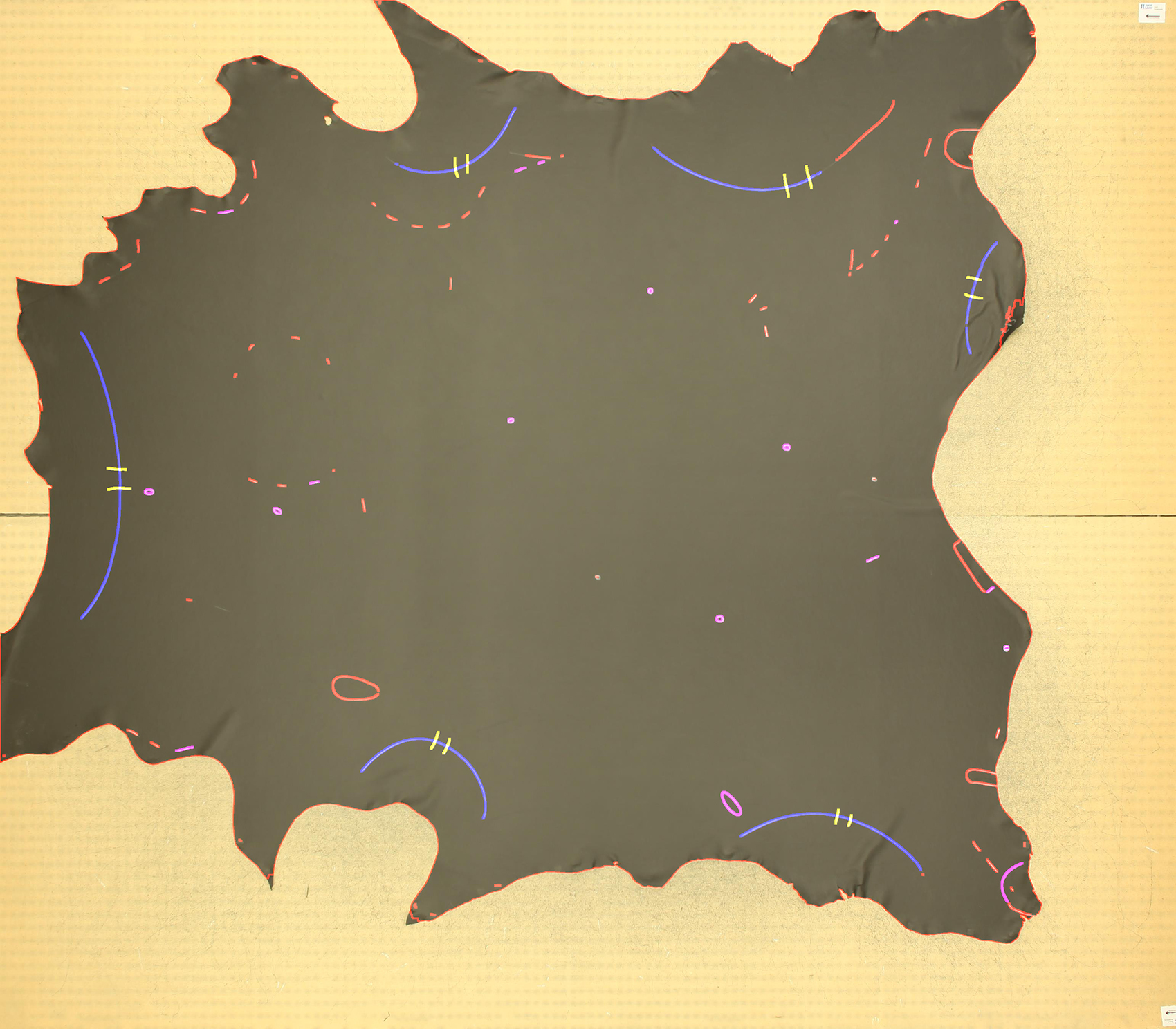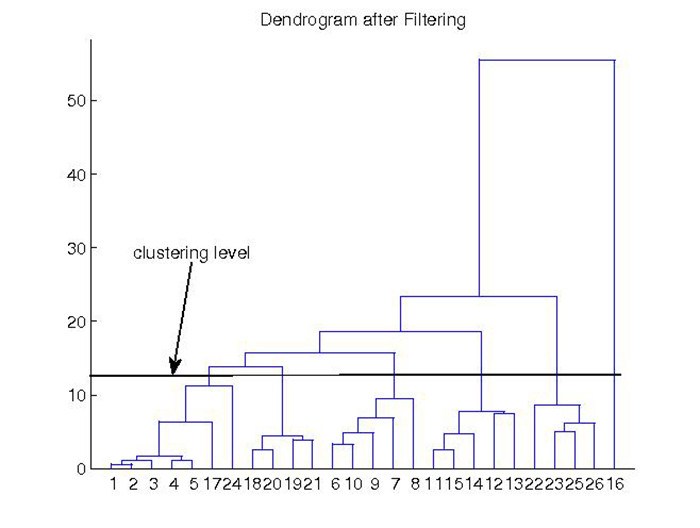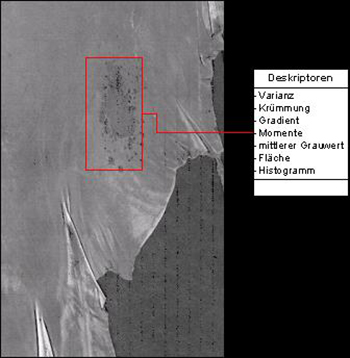High-quality products must not only satisfy many material-relevant material requirements but also have excellent optical properties. These requirements apply to leather in particular, since leather is mostly used for visually appealing products (e.g. upholstery, car seats, steering wheels). Because leather is a natural product, possible quality-degrading properties, so-called "surface defects" are manifold and hardly avoidable.
For this reason, a quality control is carried out several times during the production of leather along the value chain. This surface test is challenging and usually takes place as a manual 100 percent visual inspection. We have developed software modules which, in conjunction with suitable hardware, can support or fully automate this quality control.
Modules have been developed for
- Contour detection
- markers identification
- as well as for the detection and classification of defects.


